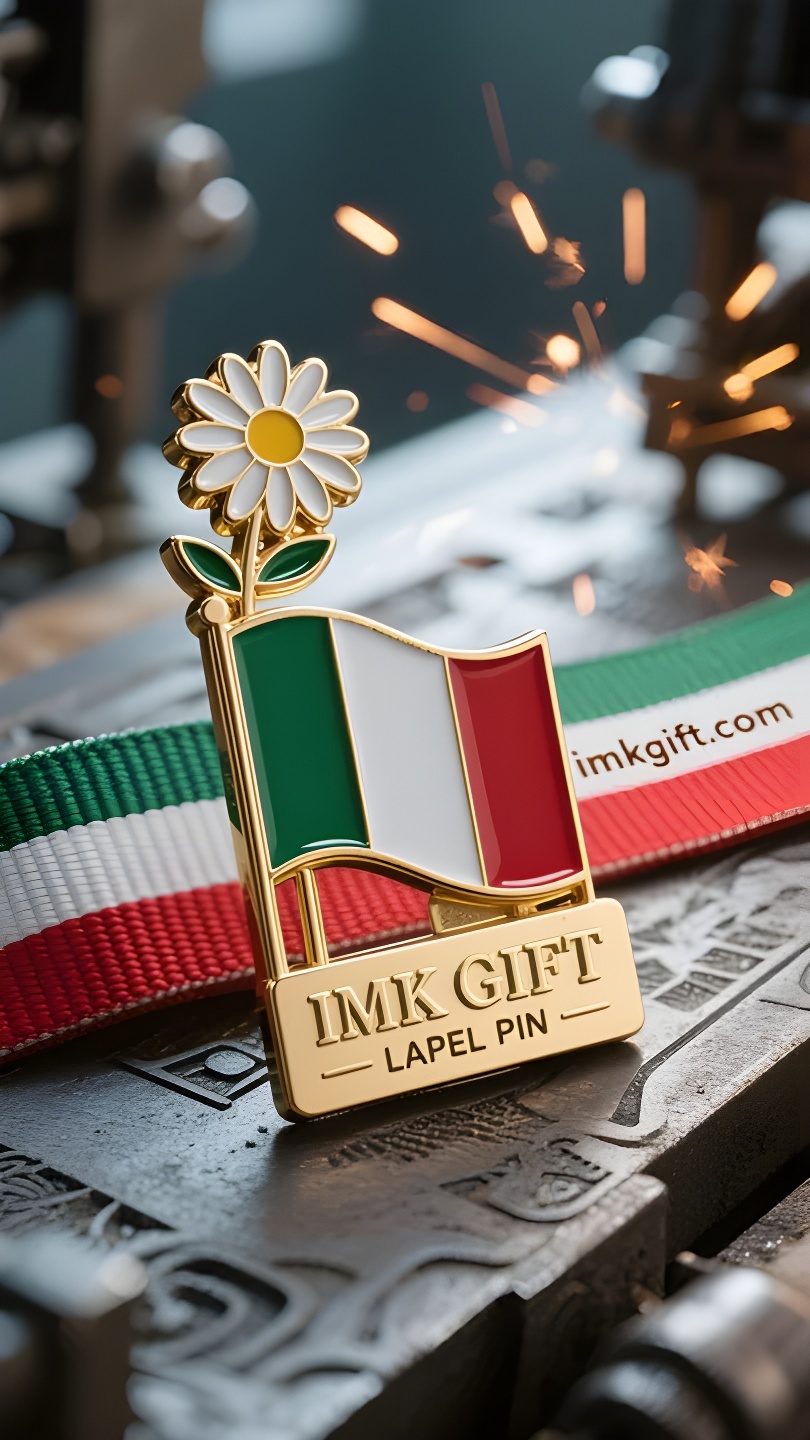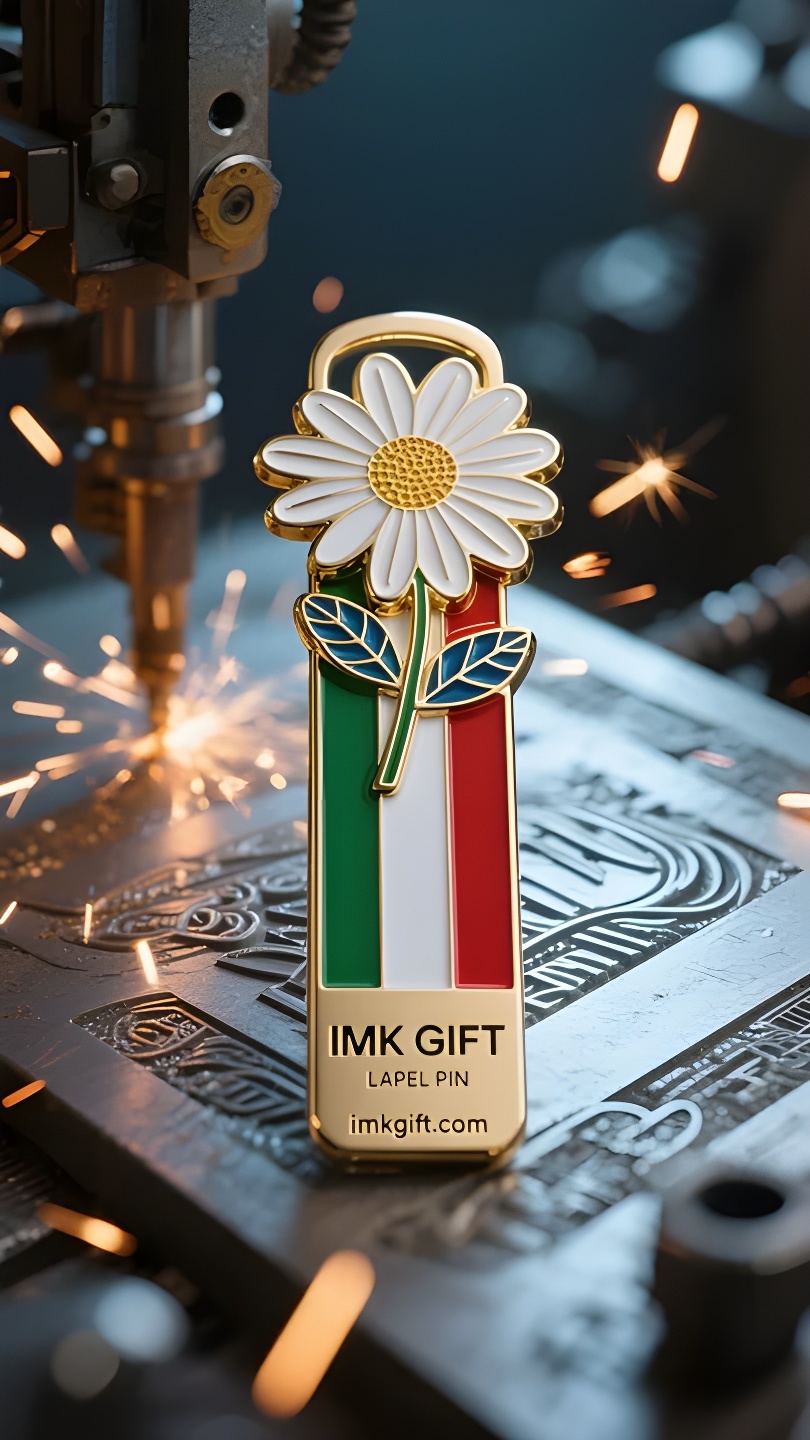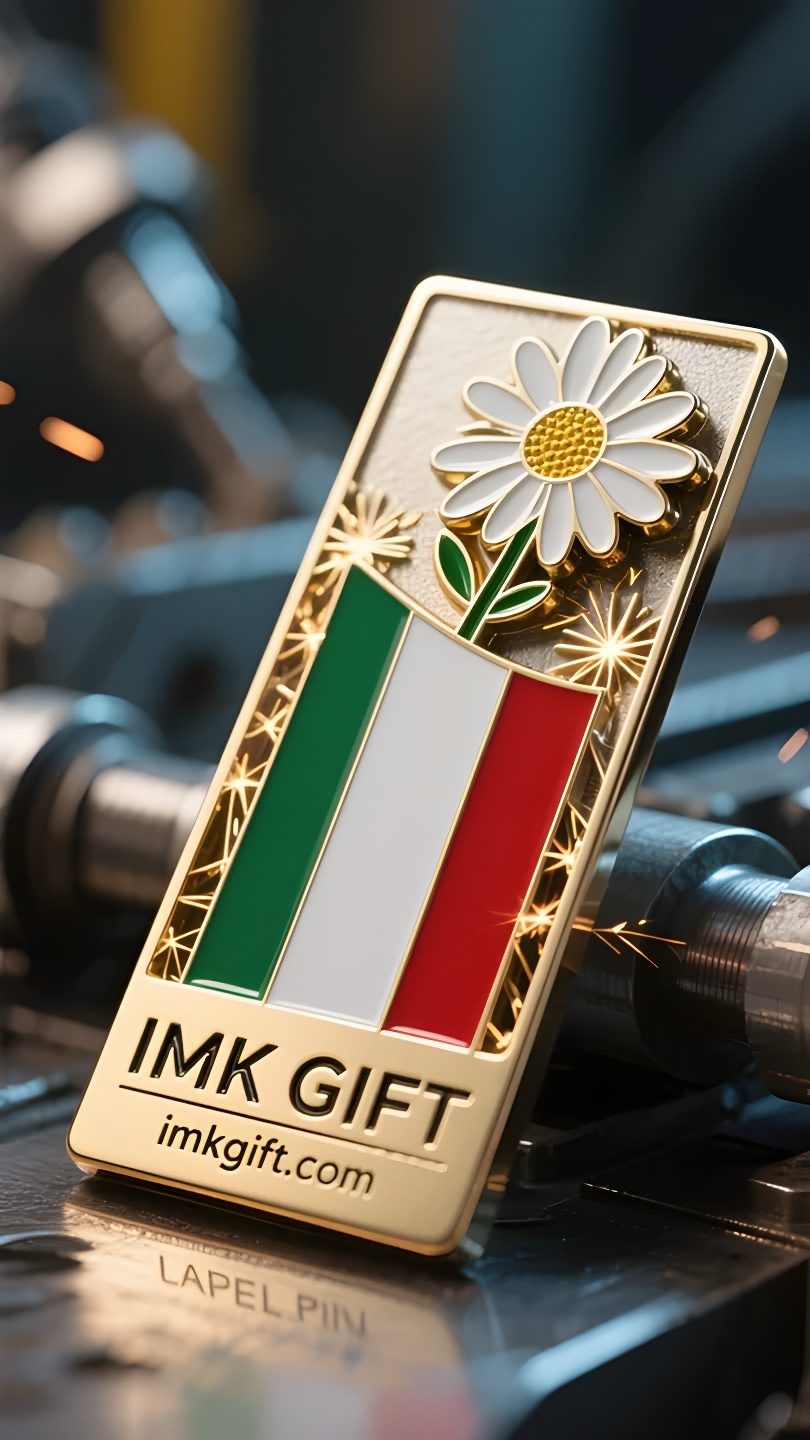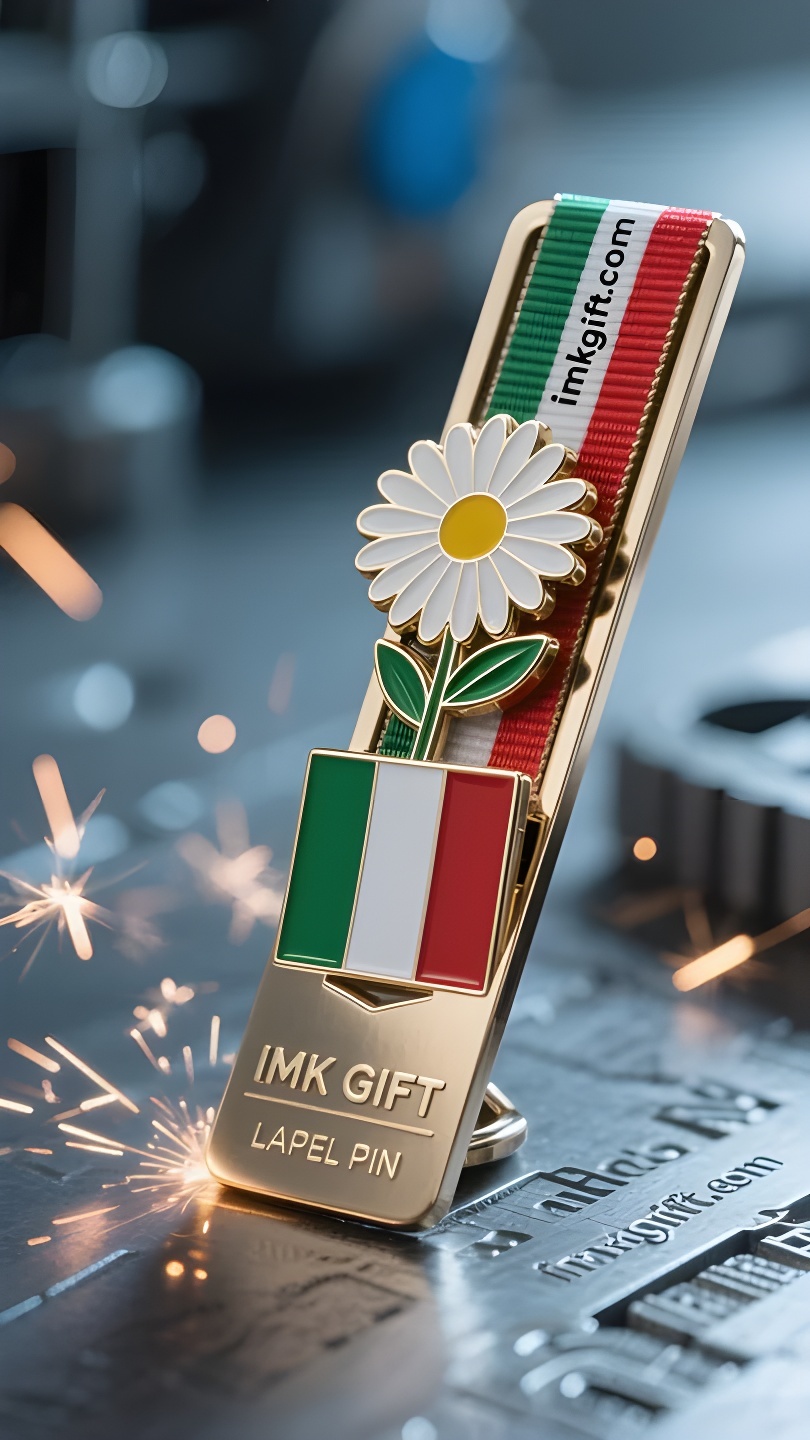in988-Gloria-tricolore-nel-segnalibro-margherita
▼
In Italia, dove i fiori sbocciano a giugno, la bandiera tricolore e il profumo delle margherite intrecciano il codice dello spirito nazionale. Quando si apre il frontespizio della “Divina Commedia” di Dante, un segnalibro con una margherita indica i versi del “Paradiso”: questo bianco puro e oro è proprio l’epitome dei campi verdi, della fede bianca e dell’entusiasmo rosso della bandiera italiana. Nella penisola appenninica la margherita è chiamata “Margarita” ed è simbolo di purezza e rinascita. La leggenda narra che il poeta Dante scrisse poesie immortali su una collina piena di margherite. La sua tenacia, degna di un segnalibro, ha attraversato sette secoli ed è diventata una metafora della rinascita degli italiani nelle avversità. Proprio come il colore verde della bandiera nazionale porta con sé la speranza per la sostenibilità del territorio, ogni segnalibro a forma di margherita inserito tra i libri ricorda al mondo che la scintilla della civiltà può sempre far germogliare nuovi germogli dalle rovine. Durante la Rivoluzione del 1848, il giovane Mazzini progettò la bandiera tricolore con strisce verticali verdi, bianche e rosse, che alludevano alla vitalità dei petali di una margherita che si aprono. Mentre gli insorti issavano la bandiera nazionale sulle barricate di Milano, le infermiere da campo contrassegnavano le cartelle dei feriti con segnalibri a forma di margherite, trasformando ogni goccia di sangue in una nota a piè di pagina nelle pagine della storia. Ancora oggi, quelle margherite inserite tra i libri di testo insegnano ai bambini che la vera libertà richiede un cuore puro come un nastro bianco e un coraggio ardente come una fiamma rossa. Dai rotoli di pergamena del Rinascimento agli schermi elettronici delle biblioteche moderne, i segnalibri a forma di margherita hanno sempre segnato il progresso dell’umanità. Quando osserviamo i tre colori che danzano sulla bandiera nazionale, sentiamo l’eco della storia: ogni piccola persistenza è un fiore d’oro che non appassisce mai nel lungo corso della civiltà.
In June, when Italy is full of flowers, the tricolor flag and the fragrance of daisies weave the code of national spirit together. When people open the title page of Dante’s “Divine Comedy”, a bookmark with a daisy on it points to the line of “Paradise” – this pure white and golden color is just like the epitome of the green fields, white faith and red enthusiasm on the Italian flag. Daisies are called “Margherita” on the Apennine Peninsula and are a symbol of purity and rebirth. Legend has it that the poet Dante once wrote immortal poems on the hills where daisies bloomed. His bookmark-like tenacity has spanned seven centuries and has become a metaphor for the Italians’ rebirth in adversity. Just as the green of the national flag carries the hope of the land’s sustainability, every daisy bookmark sandwiched in the classics reminds the world that the fire of civilization can always sprout new buds in the ruins. During the 1848 Revolution, the young Mazzini designed the tricolor flag with green, white and red vertical stripes, which implicitly matched the vitality of the daisy petals stretching layer by layer. When the insurgents planted the national flag on the barricades of Milan, the nurses on the battlefield used daisy bookmarks to mark the wounded files, turning every drop of blood into a footnote on the pages of history. Today, those daisies sandwiched in textbooks are still teaching children: true freedom requires a heart as pure as a white ribbon and courage as hot as a red flame. From the parchment scrolls of the Renaissance to the electronic screens of modern libraries, daisy bookmarks have always marked the scale of human progress. When we gaze at the three colors dancing on the national flag, we can hear the echo of history: every tiny persistence is a golden flower that will never fade in the long scroll of civilization.
在六月繁花似锦的意大利,三色旗与雏菊的芬芳共同编织着民族精神的密码。当人们翻开但丁《神曲》的扉页,一枚压着雏菊的书签正指向《天堂篇》的诗行——这抹纯白与金黄,恰似意大利国旗上绿色原野、白色信念与红色热忱的缩影。
雏菊在亚平宁半岛被称为”玛格丽塔”,是纯洁与新生的象征。传说诗人但丁曾在雏菊盛开的山丘写下不朽诗篇,其书签般的坚韧精神跨越七个世纪,成为意大利人逆境重生的隐喻。正如国旗的绿色承载着土地永续的希望,每一枚夹在典籍中的雏菊书签,都在提醒世人:文明的火种总能在废墟中萌发新芽。
1848年革命期间,青年马志尼将三色旗设计成绿、白、红纵向条纹,暗合雏菊花瓣层层舒展的生命力。当起义者们在米兰街垒插上国旗时,战地护士用雏菊书签标记伤员档案,让每滴鲜血都化作历史书页的注脚。今天,那些夹在教科书里的雏菊花,仍在教导孩童:真正的自由需要如白色缎带般纯粹的心,如红色火焰般炽热的勇气。
从文艺复兴的羊皮卷到现代图书馆的电子屏,雏菊书签始终标记着人类向上的刻度。当我们凝视国旗上跃动的三色,便听见历史的回响:每个微小的坚持,都是文明长卷里永不褪色的金黄花钿。
▼
Contact Us
📞 Tel: +0086-760-85286839
📧 Email: sales3@imkgift.com








